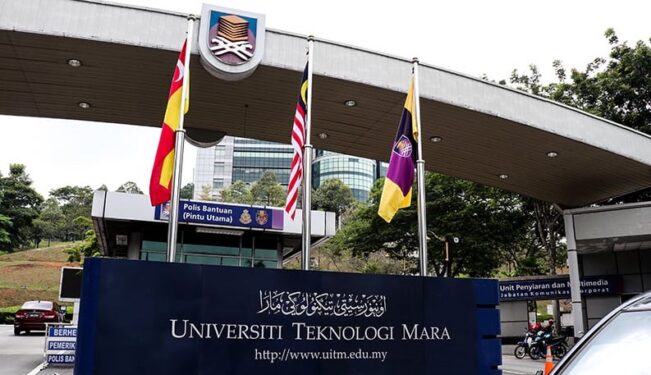MAYBANK IB Research has mooted four electric vehicle (EV)-oriented wishlists which augurs well for the future of the Malaysian automotive sector in anticipation of the Budget 2022 which will be tabled on Friday (Oct 29).
Below are the four wishlists:
- Wishing for an electro-mobility roadmap
The research house wishes for policy makers to green-light an electric vehicle (EV) policy. A forward-looking, well-thought framework with attractive incentives (eg taxes, infrastructure and tariff) would spark interest and super-charge the electromobility adoption, transition and penetration in the Malaysian automotive market.
If executed well, the move will transform the land transportation landscape to meet the nation’s low-carbon economy aspiration and match up to the progress of its Southeast Asian counterparts.
Maybank IB Research reiterate its “buy” rating on Bermaz Auto Bhd, Sime Darby Bhd, MBM Resources Bhd, UMW Holdings Bhd and Tan Chong Motor Holdings Bhd.
- Wishing for a forward-looking EV policy
The research house wishes for the upcoming Budget 2022 to have a section dedicated to green auto targets. To begin with, having an EV policy will clearly pivot the nation towards the low carbon mobility direction.
To embrace adoption and accelerate growth, attractive tax incentives should be accorded to early adopters.
This would also attract auto original equipment manufacturers (OEMs) to bring in EV models into the market. Priority-wise, the battery EVs (BEVs) segment should receive maximum provision; accorded with full tax exemption status (zero sales/excise/import duties and road tax) followed by plugin hybrid EVs (PHEVs) and hybrid EVs (HEVs).
The contention here is that BEVs produce zero direct tailpipe emission unlike PHEVs (74g-148g/km), HEVs (115g/km) and internal combustion engines that use petrol/diesel as fuel respectively (ICEVs; 148g-308g/km). Every one-litre of petrol/diesel burnt produces about 2.3kg/ 2.68kg of carbon dioxide (CO2) respectively.
Also, BEVs require infrastructure support (eg EV chargers), capex to complement it while ICEVs, hybrids and PHEVs (to a certain extent) do not.
- Wishing for a sound and solid EV infrastructure
Establishing a solid and reliable public EV charging network (akin to petrol stations) will ensure a seamless transition and alleviate driving range anxiety concerns (especially on long-distance commute).
The EV charging market has huge growth potential but the start-up phase is capex-intensive (especially for direct current fast chargers), a scale-game, hard to monetise and is not a profitable business at the early stage.
In order to jump-start the infrastructure roll-out, the Government needs to play a supporting role by offering attractive incentives, matching grants, tax rebates (eg green technology tax allowance/exemption) to these private charging operators that come with upfront capex and services first and consumers (home charging, EV early adopters).
- Wishing for a preferential tariff, financing support
The Government should also consider granting special utility tariffs (a form of subsidy akin to fuel) for EV users during the early adoption stage. The tariff rates for domestic consumers are currently at 21.80-57.10 sen/kWh.
Policy makers should also make it essential for new commercial/offices and existing/new residential buildings to impose a set ratio of charging stations per resident, improve access to overnight charging by implementing a ‘right to charge’ rule for existing multi-user dwellings such as high rise buildings (condominiums/flats). – Oct 27, 2021










